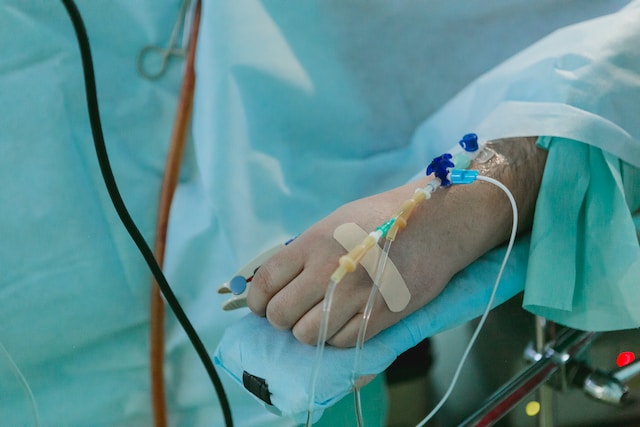Getting information from patients is crucial when their life is on the line, but what do you do if the patient doesn’t speak your language? Every second counts when someone is having a medical emergency, and two nurses are sharing their tips on how to get necessary information from a patient when they’re struggling to communicate.
Terri Tanner, an emergency department nurse at Northwest Hospital in Maryland, remembers trying to talk to a patient who was suffering from an unknown condition during the eleventh hour of their stay. They underwent various diagnostic tests, all of which came back negative.
“He did not speak English, so I used our video interpreter service to just keep asking him questions,” Tanner recalls.” I knew I couldn’t rush this.
First responders are taught to use the SAMPLE model when they are trying to assist someone in a medical emergency. The acronym stands for:
S – Signs and Symptoms
Ask them how they feel. What are the patient’s observable symptoms?
A – Allergies
Does the patient have any known allergies? Are they allergic to any medications?
M – Medications
Are they taking any medications? If so, how recently did they take their medication?
P – Pre-existing Medical Conditions
Do they have any preexisting medical conditions?
L – Last Meal
What and when did they last eat?
E – Events Leading Up to the Injury or Illness
It’s also important to learn what they were doing when the patient started feeling unwell.
Tanner was eventually able to learn about the patient’s life at home and how they worked two jobs to make ends meet. She finally uncovered a key piece of information related to their mysterious condition: a colleague of theirs at the restaurant where they work had also recently fallen ill.
“I reached out to a physician and asked if he would order a carbon monoxide (CO) poisoning test,” she explains. “CO poisoning is fortunately rare; I’ve only seen a couple cases in my career. But after talking to the patient, it felt like the right call.”
She turned out to be correct. The staff ran another test on the patient, which showed dangerously high levels of carbon monoxide in their bloodstream. The patient received immediate oxygen therapy and their symptoms slowly improved.
That’s when Rachel Venable, the hospital operations coordinator, stepped in to lend her assistance. She contacted the local fire department and asked them to inspect the patient’s place of work for a possible carbon monoxide leak. They found high concentrations of CO in the air and the fire department lieutenant even called Venable back to thank her for her “good catch.”
“This is really Terri’s good catch,” Venable says. “But successful emergency medicine is always a collaborative effort between providers, nurses, techs and first responders. In our ED, we trust each other and listen to each other, and we deliver better care because of it.”



